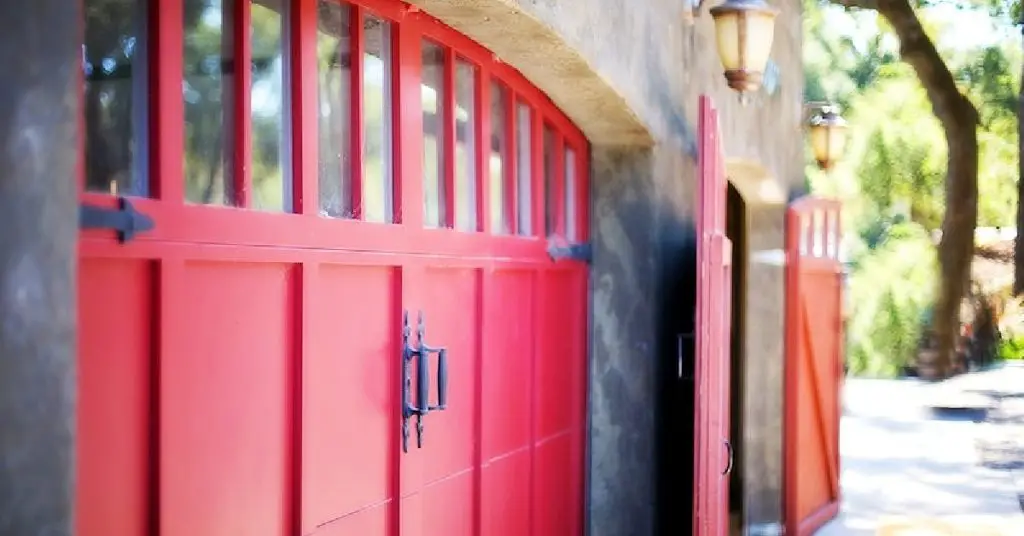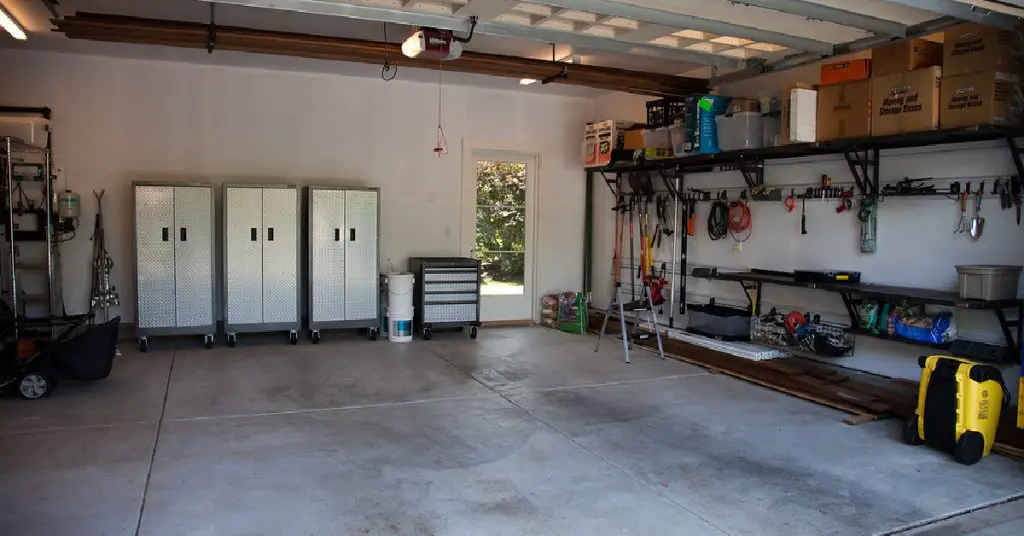Do you want to enjoy the benefits of natural gas in your garage? Natural gas is a clean, efficient, and cost-effective fuel that can be used for heating, power tools, vehicles, ranges, or clothes dryers. However, running a gas line in your garage is not a simple or easy task. It requires careful planning, preparation, installation, testing, and compliance with local codes and regulations. It also involves some risks and challenges that need to be addressed with safety and caution. In this article, we will guide you through the main steps involved in how to run a gas line to my garage and provide you with some tips and advice on how to do it safely and efficiently.
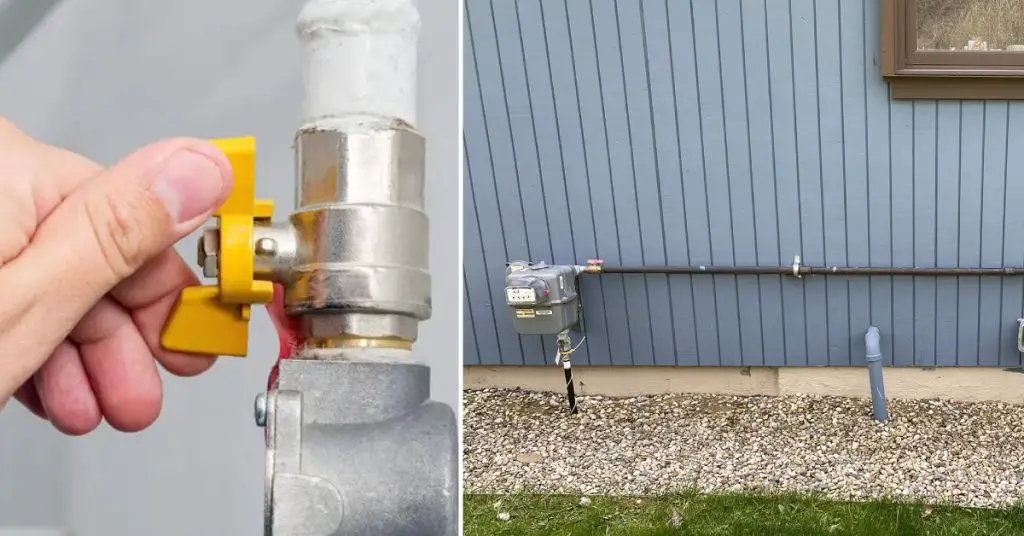
Hiring a Professional vs. DIY Approach
The first thing you need to decide is whether you want to hire a licensed contractor or do it yourself. There are pros and cons to both options, depending on your budget, skills, experience, and preferences. Here are some of them:
Pros of Hiring a Professional
- Save time and hassle: A professional can complete the project faster and more efficiently than you. They can handle all the details and paperwork involved in obtaining permits, approvals, inspections, etc. They can also deal with any issues or problems that may arise during or after the installation.
- Avoid mistakes: A professional has the knowledge and skills to design the gas line layout, choose the appropriate materials, ensure that your project meets all applicable codes and regulations, and install the gas line correctly and safely. They can avoid common mistakes that may cause leaks, damage, or accidents.
- Guarantee quality and satisfaction: A professional can provide you with a warranty or guarantee for their work. They can also offer you after-sales service and support if you need any help or advice.
Cons of Hiring a Professional
- Cost more: Hiring a professional can be expensive, depending on the complexity and scope of your project. You may have to pay for labor, materials, equipment rental, permits, inspections, etc. You may also have to pay extra for any changes or modifications you want to make.
- Have less control: Hiring a professional means that you have to rely on someone else for your project. You may have less input or influence over the quality and outcome of your project. You may also have to follow their schedule and availability.

Pros of Doing It Yourself
- Save money: Doing it yourself can save you money on labor costs. You may also be able to find cheaper materials or equipment online or at your local hardware store. You may also be able to negotiate lower prices for permits, inspections, etc.
- Have more control: Doing it yourself means that you have more control over your project. You can customize your gas line according to your needs and preferences. You can also make any changes or modifications you want at any time.
Cons of Doing It Yourself
- Require skills and experience: Doing it yourself requires advanced DIY skills and experience. You need to know how to work with gas lines safely and correctly. You also need to have access to the right tools and equipment for the job.
- Involve risks and challenges: Doing it yourself involves some risks and challenges that need to be addressed with safety and caution. You need to comply with local codes and regulations when running a gas line to your garage, which may require obtaining permits, inspections, approvals, and certificates from your local building department or utility company. You also need to deal with any issues or problems that may arise during or after the installation.
Therefore, before you decide whether to hire a professional or do it yourself, you should assess your own abilities and limitations honestly and realistically. If you are uncertain or inexperienced with working with gas lines, you should consider hiring a professional for safety reasons. If you are confident and skilled enough to handle the project yourself, you should still consult with a professional for guidance and advice.
Preparing for How to Run a Gas Line to My Garage
Once you have decided whether to hire a professional or do it yourself, you need to prepare for the project by following these steps:
- Obtain necessary permits and government approvals for running a gas line from your house to your garage. Contact your local building department or utility company to find out what permits and inspections are required for your project.
- Create a gas line plan and schematic for the garage installation, showing the route, size, layout, and connections of the gas line. Use online tools or software to create your gas line plan and schematic, or hire a professional to do it for you.
- Understand state-specific gas pipe sizing requirements based on the BTU (British Thermal Units) of the appliances in your garage. Calculate the total BTU requirements of all the appliances in your garage that will use natural gas, as this will determine the size of the gas pipe you need. Use online calculators or charts to determine the appropriate gas pipe size based on BTU, or consult with a professional.

Choosing the Right Materials and Equipment
After you have prepared for the project by obtaining permits, approvals, and calculations, you need to choose the right materials and equipment for the installation. Here are some of the materials and equipment you will need:
- Pipes and fittings: Depending on whether you are running the gas line underground or above ground, you will need different types of pipes and fittings. For underground applications, use polyethylene (PE) pipe that is specifically designed for burial; for above-ground applications, use standard black iron pipe. You will also need shut-off valves, couplings, elbows, tees, risers, regulators, adapters, flexible connectors, and other accessories.
- Tools and equipment: You will need some tools and equipment to install the gas line, such as a wrench, a pipe cutter, a hacksaw, a pipe threader, a pipe vise, a pipe wrench, a tape measure, a level, a marker, a shovel, a trencher, a manometer, a pressure gauge, an air compressor, a bicycle pump, a spray bottle, etc.
- Supplies and Accessories: You will need some supplies and accessories to seal and ground the pipes, such as plumber’s tape, joint compound, Teflon tape, copper wire, grounding rod, etc.
5 Easy Step-by-Step Installation Process for How to Run a Gas Line to My Garage
Now that you have chosen the right materials and equipment for your project, you are ready to start the installation process. Here are the main steps involved in running a gas line in your garage:
Step 1: Shut Off the Gas Valve Safely Using a Wrench
Locate the main gas valve near your gas meter and turn it clockwise until it stops. This will cut off the gas supply to your house and garage. You should also turn off any appliances that use natural gas in your house and garage.
Step 2: Run the Pipe Along Its Desired Route Toward the Garage Heater
Use couplings, elbows, tees, and other fittings as needed to make turns or connections. If you are running the pipe underground, use risers to bring the pipe above ground at both ends of the trench. If you are running the pipe above ground, use hangers or straps to secure the pipe to the wall or ceiling. Make sure that the pipe is straight, level, and supported along its route.
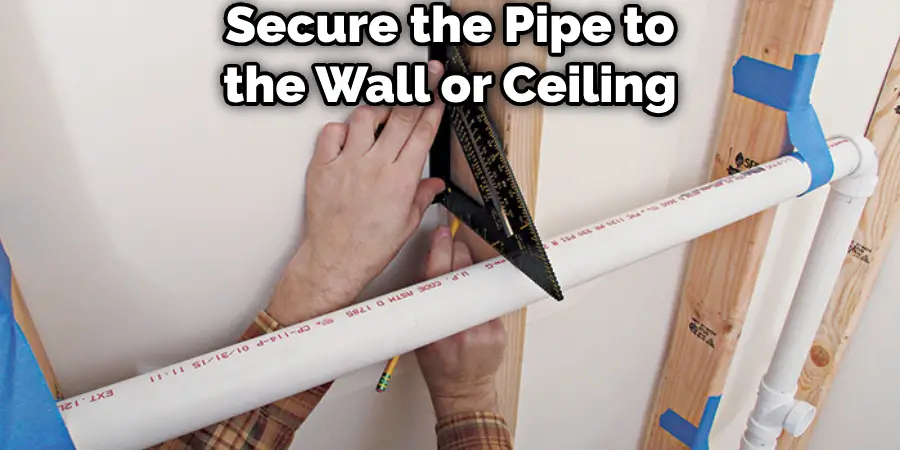
Step 3: Install a Secondary Shut-off Valve in the Garage for Safety and Convenience
A secondary shut-off valve is a valve that allows you to isolate the gas line from the main supply and from the appliances in your garage. It should be easily accessible and visible. To install a secondary shut-off valve, cut off a section of pipe where you want to place it. Then, attach the valve to both ends of the pipe using couplings and plumber’s tape.
Step 4: Connect the Gas Line to Your Appliances Using Flexible Connectors or Adapters
Flexible connectors are metal hoses that connect your appliances to the gas line. Adapters are metal fittings that convert the size or shape of the pipe or appliance connection. You will need flexible connectors or adapters that match the size and type of your gas line and appliances. To connect the gas line to your appliances, attach one end of the flexible connector or adapter to the gas line using a coupling and plumber’s tape. Then, attach the other end to your appliance using a regulator, if needed, and the plumber’s tape.
Step 5: Pressure Tests the Gas Line to Check for Any Leaks or Defects
Use a manometer or a pressure gauge to measure the pressure in the gas line. Use soap bubbles or a leak detector spray to identify any leaks in the joints or fittings [If you find any leaks, tighten or reassemble the connections with joint compound or Teflon tape].
You Can Check It Out to Run Plumbing to a Detached Garage.
Compliance with Local Regulations
After you have installed and tested your gas line, you need to comply with local regulations and codes when running a gas line in your garage. You need to conduct inspections for compliance and safety with your local building department or utility company. They will check your gas line plan, schematic, materials, connections, pressure test results, and appliances. They will also issue you a certificate of approval if everything is in order[If there are any issues or violations, they will advise you on how to fix them or refer you to a licensed professional].
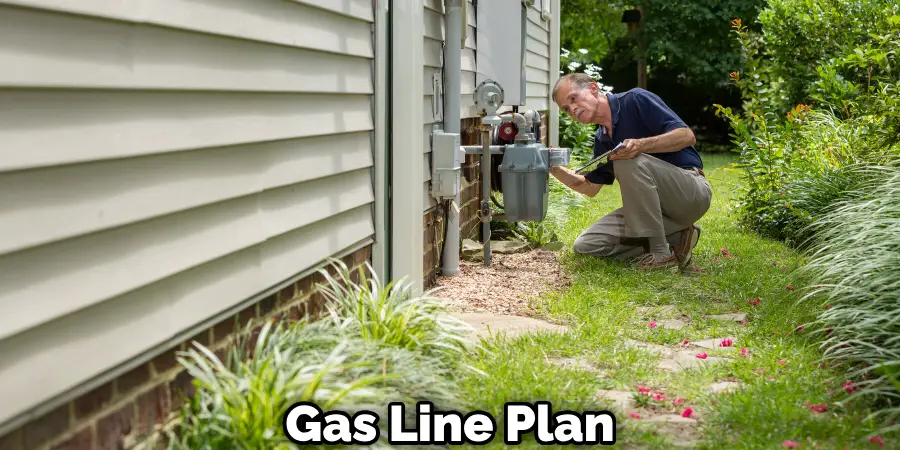
Regular Maintenance and Safety Measures
Finally, you need to maintain and operate your gas line and appliances safely and efficiently. You need to perform regular inspections and maintenance of your gas line and appliances to prevent any issues or problems that may affect their performance or safety. You also need to follow some tips and best practices for safe operation and early detection of potential issues. Here are some of them:
- Check for signs of corrosion, damage, or leaks in your gas line and fittings at least once a month.
- Hire a professional to inspect and service your gas line and appliances at least once a year.
- Always shut off the gas valve when not in use or when working on the gas line or appliances.
- Keep flammable materials away from your gas line and appliances.
- Install carbon monoxide detectors in your garage and house.
FAQs About How to Run a Gas Line to My Garage
What Pressure Does a Gas Line Work at?
The operating pressure of a gas line varies depending on its purpose, location, and other factors. Gas transmission pipelines may operate at higher pressures compared to gas distribution lines for homes and businesses. The specific pressure can be determined by referring to relevant regulations and consulting with pipeline operators or gas industry professionals.
Can Gas Line Be in Concrete?
Gas lines can be installed in concrete, but specific guidelines must be followed to ensure safety. According to the IRC, underground gas piping beneath buildings is prohibited unless enclosed in a conduit to vent gas in case of pipe failure. Proper pipe types and burial depths are essential. If uncertain, consult a professional plumber for the installation.
Can You Run a Gas Line Through a Wall?
Yes, you can run a gas line through a wall, but it requires careful planning, precision, and adherence to safety regulations. It is essential to use the appropriate materials and follow proper installation procedures to ensure a secure and leak-free setup. If you are unsure about the process or lack experience, it is recommended to seek professional help to ensure the gas line installation is done safely and correctly.
Conclusion
In this article, we have shown you how to run a gas line to my garage safely and efficiently. We have covered the main steps involved in running a gas line in your garage, from hiring a professional or doing it yourself to preparing for the project, choosing the right materials and equipment, installing and testing the gas line, complying with local regulations, connecting gas-powered appliances, and maintaining and operating the gas line and appliances safely and efficiently. We have also provided you with some tips and advice on how to avoid common mistakes and challenges that may arise during or after the installation. We hope you have found this article helpful and informative. If you have any questions or feedback, please let us know. Thank you for reading.

